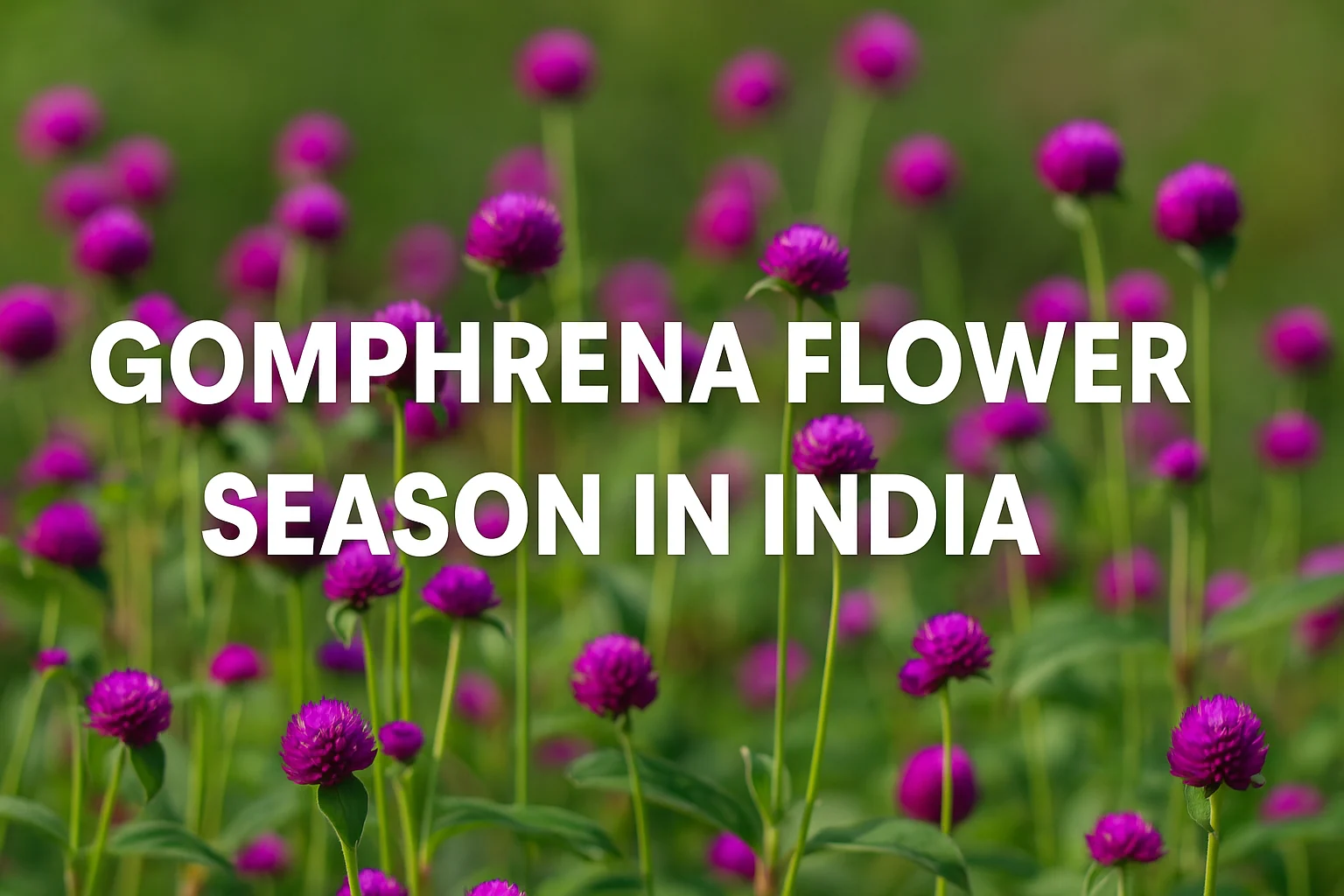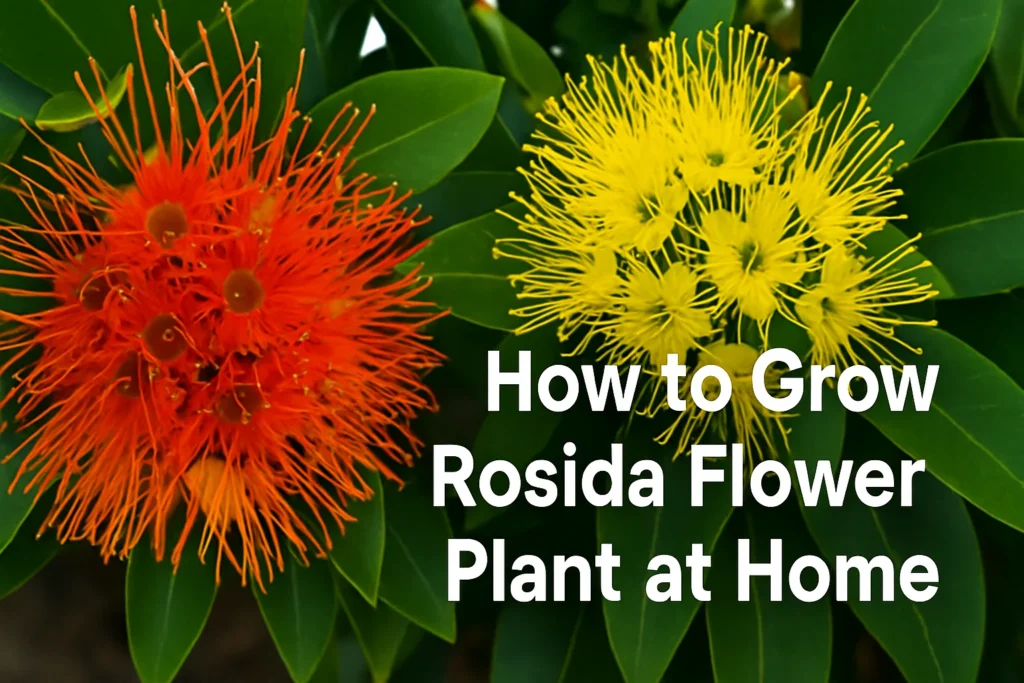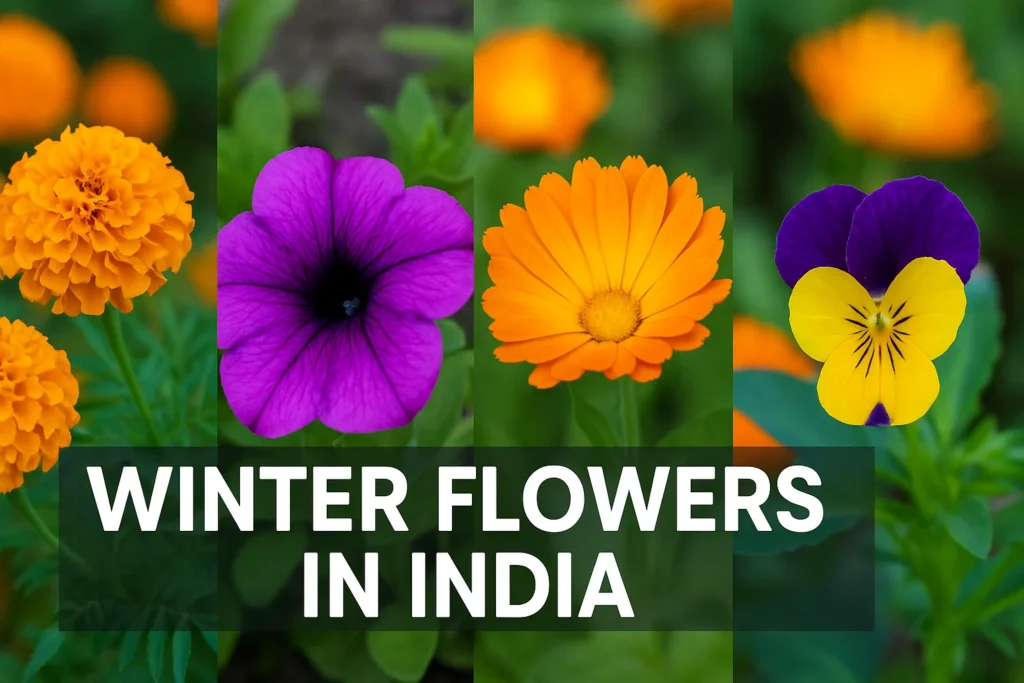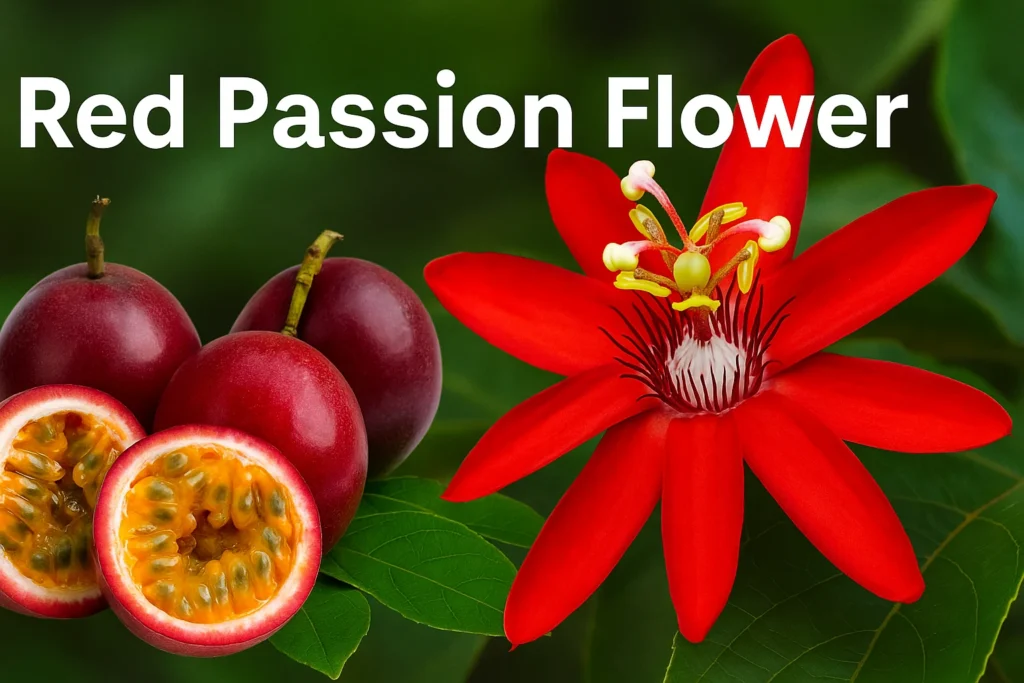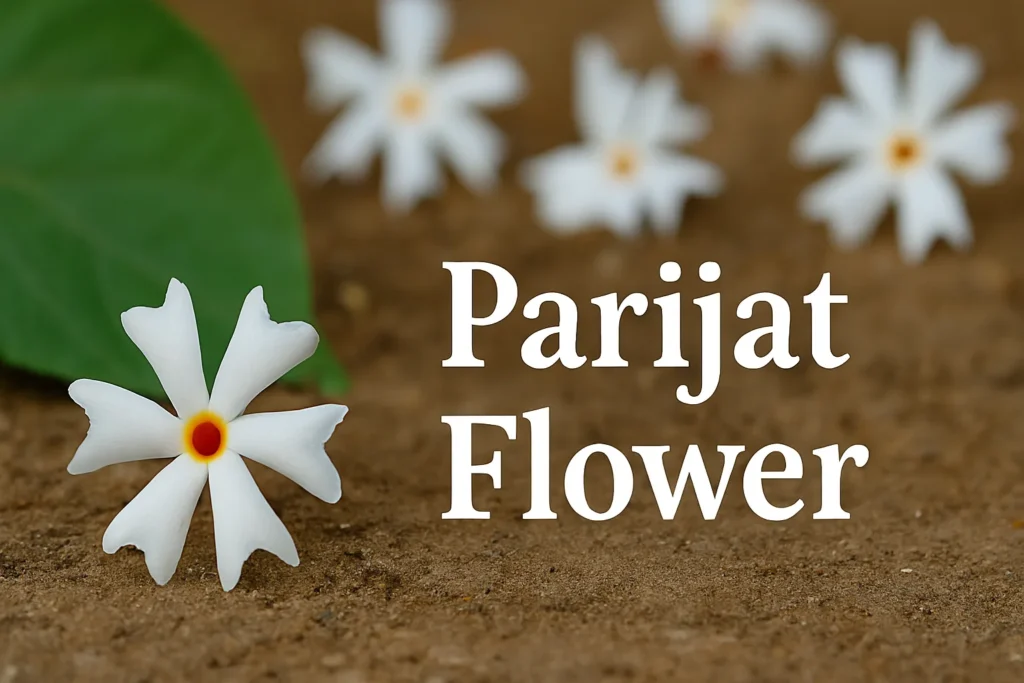Have you ever walked past a garden and noticed a bunch of small, globe-like flowers in vibrant pinks, purples, or whites that just refused to wilt? That’s gomphrena for you—cheerful, low-maintenance, and perfect for Indian climates. Whether you’re a seasoned gardener or just getting started, gomphrena is a fantastic plant to know about. In this blog, let’s dive into the gomphrena flower season in India, how to grow it, and why it’s a favorite in many Indian gardens.
What is the Gomphrena Flower?
Before you fall in love with it, let’s get to know this flower better.
Gomphrena, often called Globe Amaranth, belongs to the Amaranthaceae family. The flower itself looks like a tiny pom-pom—round, tightly packed, and bursting with color. What makes it even more special is its long-lasting bloom and excellent drought resistance.
You’ll usually spot gomphrena in shades of magenta, purple, white, and pink, though hybrids can bring in more variations. These are the kinds of flowers you can cut and put in a vase, and they’ll still look fresh for days.
When is the Gomphrena Flower Season in India?
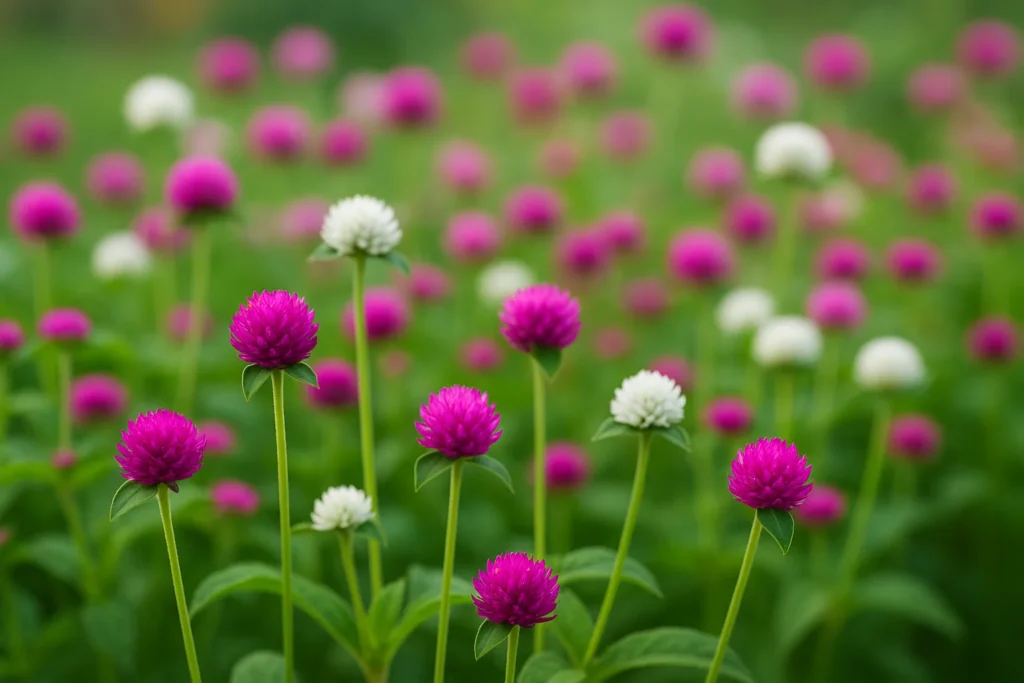
Let’s begin with the most common question—when does Gomphrena actually bloom in India?
The gomphrena flower season in India typically begins in late spring and continues through the summer and early autumn, peaking from April to October depending on your location. In cooler hill stations, it might bloom a bit later, but in most parts of India—especially the plains—these flowers love the heat and sun.
They are sun-loving plants that do best when the temperatures stay above 20°C. That’s what makes them so reliable during harsh Indian summers when many delicate flowers droop.
How to Grow the Gomphrena Plant at Home
Here’s a little secret—it’s super easy to grow gomphrena even if you don’t have a green thumb. The gomphrena plant thrives in well-drained soil and full sunlight. It can be grown from seeds directly in the ground or in pots, making it perfect even for those with limited gardening space. If you’re working with a terrace or balcony, consider using small garden equipment like mini shovels and planters to get started.
Here’s a quick guide:
- Sowing Time: February to April (pre-monsoon is ideal)
- Soil: Loamy or sandy soil works best
- Watering: Moderate; avoid overwatering
- Spacing: Leave around 8-10 inches between each plant
With a little attention, you’ll see it bloom in just 8-10 weeks.
Why Gardeners Love Gomphrena
What makes gomphrena such a darling among plant lovers? Here are few reasons:
- Long-Lasting Blooms: Unlike fragile flowers, gomphrena holds its shape and color for weeks—even in bouquets.
- Heat Tolerance: It survives and even thrives during intense Indian summers.
- Pollinator Magnet: Bees and butterflies love gomphrena, making it ideal for a buzzing garden.
- Low Maintenance: You don’t need to pamper it; a little water and sunshine are enough.
In fact, gomphrena is often grown alongside Daisy Flower Plant varieties to create vibrant flower beds with a mix of textures and colors.
Companion Plants and Flower Pairings
Thinking of adding gomphrena to your garden? Here are some beautiful companions. If you’re going for a well-balanced garden layout, gomphrena pairs beautifully with Marikolunthu Flower, zinnias, cosmos, and even marigolds. These combinations not only look great but also bloom around the same time.
Additionally, if you’re someone who likes to experiment with floral variety, you can explore the petunia season in India to create a garden that blooms from spring all the way into late autumn. For elevated garden safety and aesthetics, many homeowners also opt for Best Invisible Grill—a secure yet stylish option that keeps pets and children safe while giving your garden an open-air feel.
Gomphrena in Indian Landscapes
Did you know that gomphrena is also part of India’s rich and diverse floral ecosystem?
While it’s commonly grown in home gardens and parks, you can also find wild varieties as part of the Himalayan flora during summer months. These wild species often have smaller flowers and can thrive in slightly cooler mountain climates.
Why You Should Consider Growing Gomphrena
If you’re looking to add easy beauty and color to your garden, gomphrena is a great choice. With minimal fuss, this flower gives back a lot—bright blooms, cheerful vibes, and even dried flower arrangements that can last for months. Plus, watching a sea of pink and purple bobbing in the breeze is just plain joyful.
If you’re curious about other blooming habits, check out Which Flower Bloom in the Day and Close at Night to discover more about your garden’s natural rhythm. And if you live in the south, don’t miss our guide on common flowers in Kerala to explore native favourites.
Final Thoughts
In a country like India, where summers can be brutal, having a flower that thrives under the sun is nothing short of a blessing. The Gomphrena flower season in India is a celebration of color, endurance, and simplicity. Whether you’re growing it for your garden, gifting it as part of a bouquet, or simply admiring its charm, gomphrena has a special place in every plant lover’s heart.
So go ahead—grab a packet of seeds and watch your garden turn into a sea of color this season.
Common Questions About Gomphrena
1. How long does gomphrena flower last?
Each bloom can last up to 3-4 weeks, and the plant continues to produce flowers all through its season.
2. Is gomphrena an annual or perennial?
In most parts of India, gomphrena is grown as an annual. But in warmer, frost-free areas, it can act like a short-lived perennial.
3. Can I grow gomphrena indoors?
It needs full sun, so unless you have a sunny windowsill or balcony, it’s best grown outdoors.

